HIT: A Summit to Showcase An Opioid Epidemic Tool
 Good afternoon Baltimore! Here we are again for our third year at the Healthcare IT Connect Summit. With each conference, our ability to reconnect with state representatives, learn from industry experts, and keep our finger on the pulse of health IT improves. More importantly, our chance to share with stakeholders the exciting work we’re doing is also a major driver for our participation.
Good afternoon Baltimore! Here we are again for our third year at the Healthcare IT Connect Summit. With each conference, our ability to reconnect with state representatives, learn from industry experts, and keep our finger on the pulse of health IT improves. More importantly, our chance to share with stakeholders the exciting work we’re doing is also a major driver for our participation.
This year, our area of focus is extremely important and very timely, “Tackling the Opioid Epidemic in Medicaid.”
Now, this issue is nothing new. With the 175 opioid overdose deaths per day, our current Administration declaring this as a public health crisis, and the number of organizations tasked with solving the problem, it is well known that opioid abuse in American is of major concern. What is new is how we leverage health IT to address the issue. That is where CNSI and IBM Watson come in.
In the state of Michigan, we are piloting a program that uses advanced analytics to support both decision making and consumer engagement as it relates to Medicaid beneficiary opioid use. This cutting-edge technology has the potential to prevent abuse before it starts, which means saving lives.
If you’re at the conference, you can stop by our booth to see how cognitive conversation can provide real-time, actionable data and then follow it up with our panel discussion and live demo on Friday at 10 AM. If you’re not able to join us, stay tuned for outcomes of our conversation and other key takeaways.

 Patient first. It’s a message we’ve talked about on the CNSI
Patient first. It’s a message we’ve talked about on the CNSI 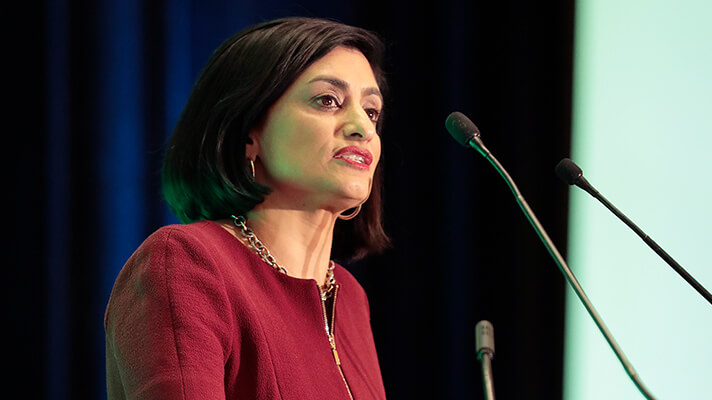
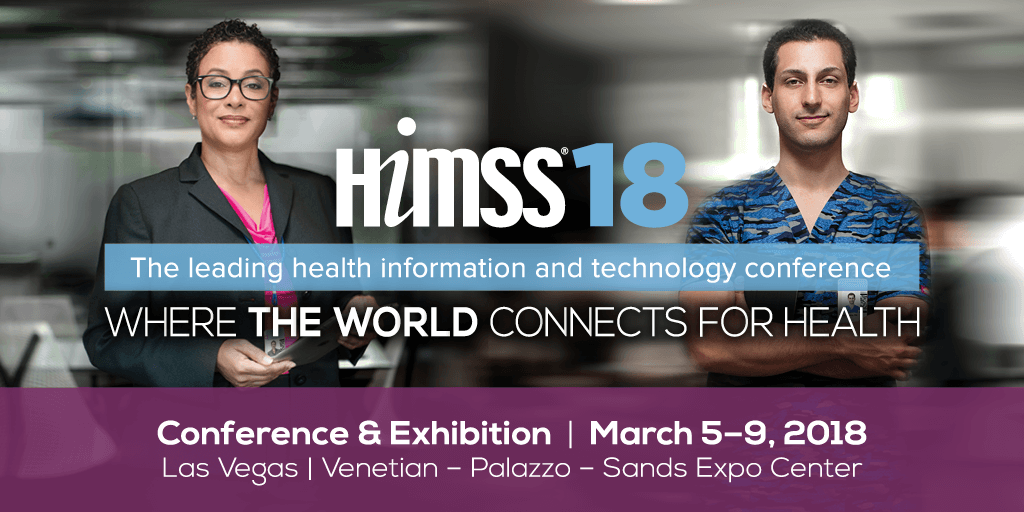
 Monday, March 5:
Monday, March 5: 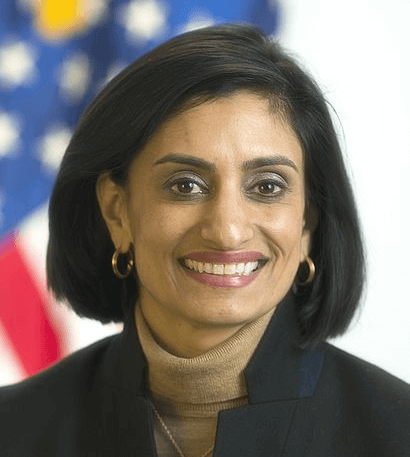 Tuesday, March 6:
Tuesday, March 6: 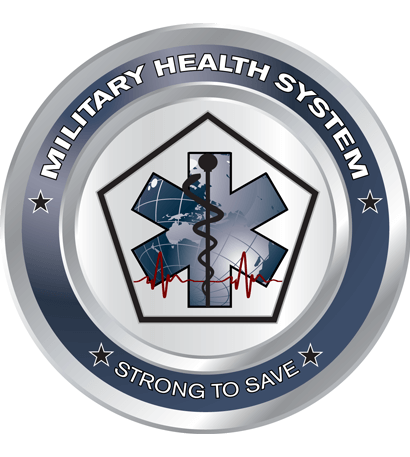 Thursday, March 8:
Thursday, March 8: 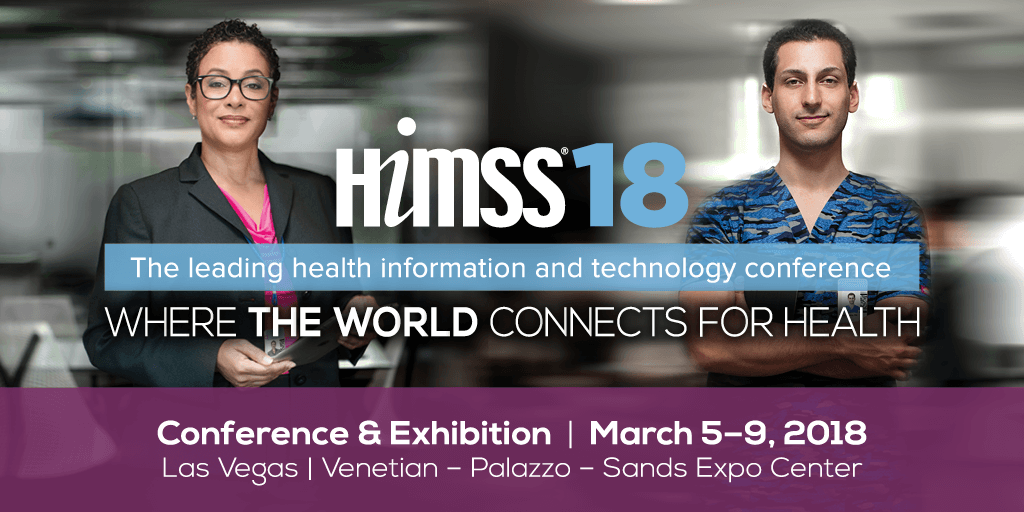
 Every year, the
Every year, the  A few weeks ago, CNSI made the announcement that our headquarter office in Rockville has joined a host of great companies in the Montgomery County area by becoming Green Business Certified. The seal is a badge of accomplishment we wear proudly, aligning perfectly with the motto of iCare, our Corporate Social Responsibility Program — “Think Globally, Act Locally”.
A few weeks ago, CNSI made the announcement that our headquarter office in Rockville has joined a host of great companies in the Montgomery County area by becoming Green Business Certified. The seal is a badge of accomplishment we wear proudly, aligning perfectly with the motto of iCare, our Corporate Social Responsibility Program — “Think Globally, Act Locally”.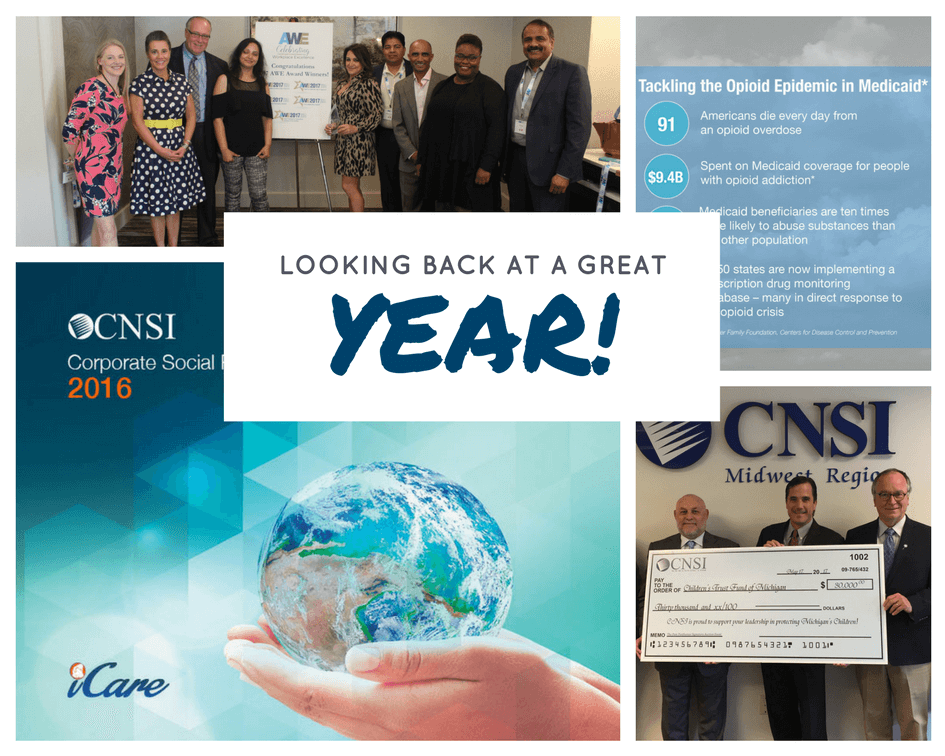 As 2018 approaches and most people are focused on their New Year’s Resolutions, we are taking a moment to look back at 2017—and what a year it was!
As 2018 approaches and most people are focused on their New Year’s Resolutions, we are taking a moment to look back at 2017—and what a year it was!